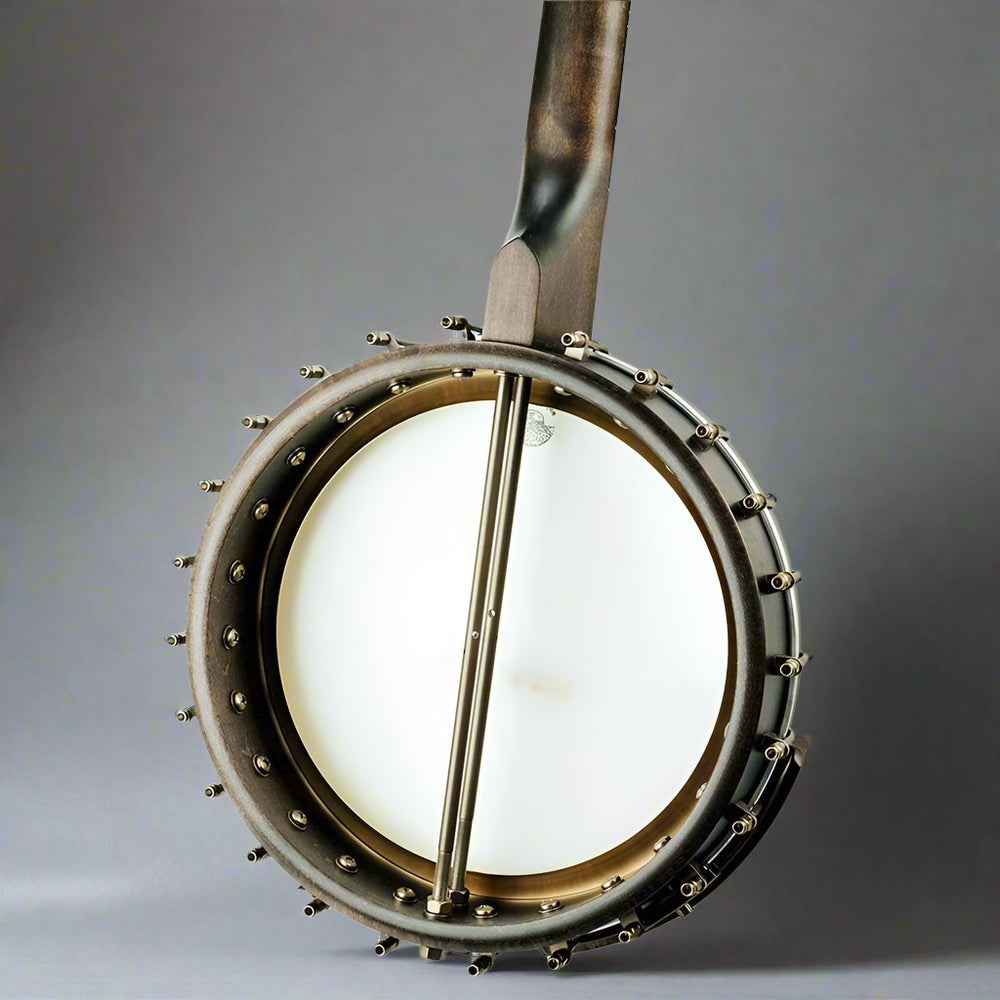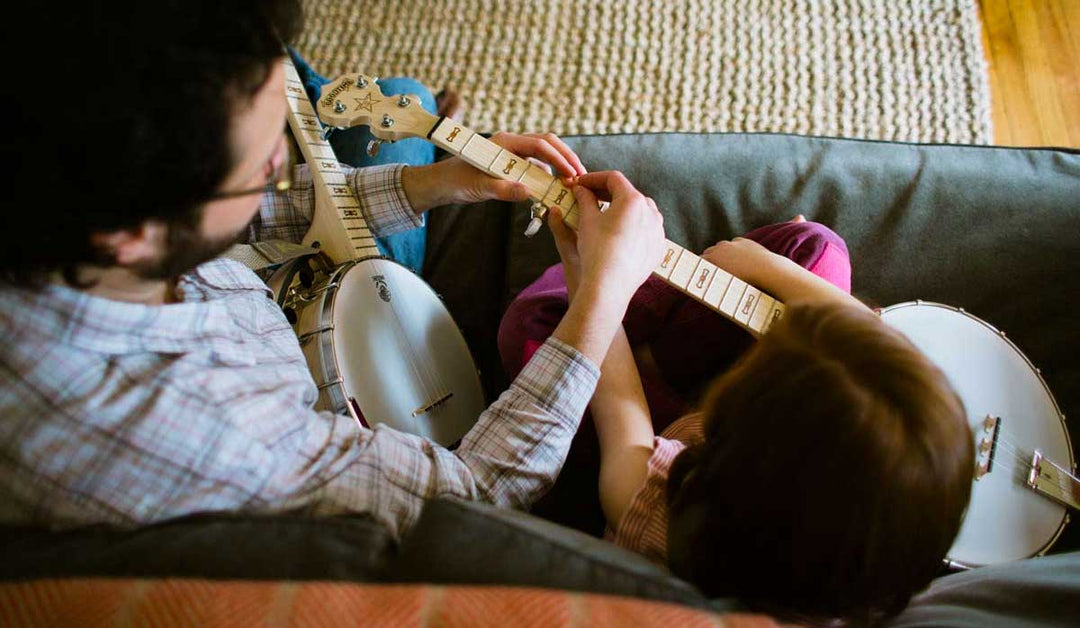How To Check Your Banjo Head Tension
When it comes to creating the perfect banjo sound, there's a secret that many players and enthusiasts overlook: banjo head tension. The tension of the banjo head dramatically affects the instrument's tone, volume, and overall resonance. However, finding the optimal tension can be a daunting task. In this article, we will dive deep into the art of banjo head tension and unlock the secrets to achieving that perfect sound. Whether you're a beginner just starting to explore the world of banjo or an experienced player looking to enhance your sound, understanding the role of tension is crucial. We'll explore different methods of measuring and adjusting banjo head tension, highlighting both traditional and modern approaches. From the popular drum dial method to using your ears and intuition, we'll provide you with useful tips and techniques to achieve the sound you desire. Join us as we delve into the fascinating world of banjo head tension and reveal the tips and tricks to unlock the true potential of your instrument. Get ready to take your banjo playing to a whole new level!
Watch this video demonstrating how to tighten your banjo head.
The head tension of a banjo is probably the biggest driver in the tone of your banjo that you can easily adjust. It is the soundboard of your banjo. When comparing it to an acoustic guitar, people pay a lot of money for quality acoustic guitar top woods as they have different hardness levels and tonal properties. A banjo is great beause you can adjust the "top" to your desired tone. You are not just stuck with the one that came on your instrument as you would be with an acoustic guitar. This does mean though that you should regulary check the head tension of your banjo to make sure it is at the desired tension.
We now are stocking a fantastic new tool to easily test your head tension - the Pocket-Dial Banjo Head Tension tool. Learn more here!
To check your banjo head tension, you simply need to tap it with your fingers and listen for the pitch it makes. I like to mute the strings with one hand, and then tap the banjo head about 2 inches inside of the rim of the banjo. Listen for that pitch. You will have to use your ears. An electronic tuner will not pick up this pitch correctly as it is too quick. So, listen for that pitch when you tap the head, and then try to match the pitch on the first string of your banjo. The most common pitch that a properly set up banjo head will have is about a G#. A G# is found on the 6 fret of the first string of your banjo (assuming that string is tuned to a D note).
The higher in pitch your banjo head is set at will give your banjo a brighter tone. The lower in pitch will give your banjo a darker/less bright tone. There is no specific pitch that is correct. It is the banjo tone that you personally like. Some bluegrass banjoists who like a very bright tone bring their banjo head tension up to an A note. Anything higher than an A note can start to kill the overall tone of your banjo because the head is getting too tight and it cannot vibrate freely. You also run the risk of breaking your banjo head if you tighten it higher than an A note. On the other side, banjoists with a darker tone such as Bela Fleck have their banjo head tension set at around an F#. If you go any lower than that though your banjo can start to sound muddy, as the head tension is becoming flabby.
When checking your banjo head tension, the main thing is too make the tension uniform around the head. You do not want any "dead" spots. When you tap your banjo head and listen to the pitch (about 2 inches inside of the rim), go around the entire head and make sure the head stays at that exact same pitch all of the way around. If you find a loose spot somewhere (a lower pitched spot), then tighten the head on that side and see how it effects the dead spot.












